
Sources:
https://whc.unesco.org/en/list/936
https://laplacamadre.files.wordpress.com/2015/09/tapa.jpg
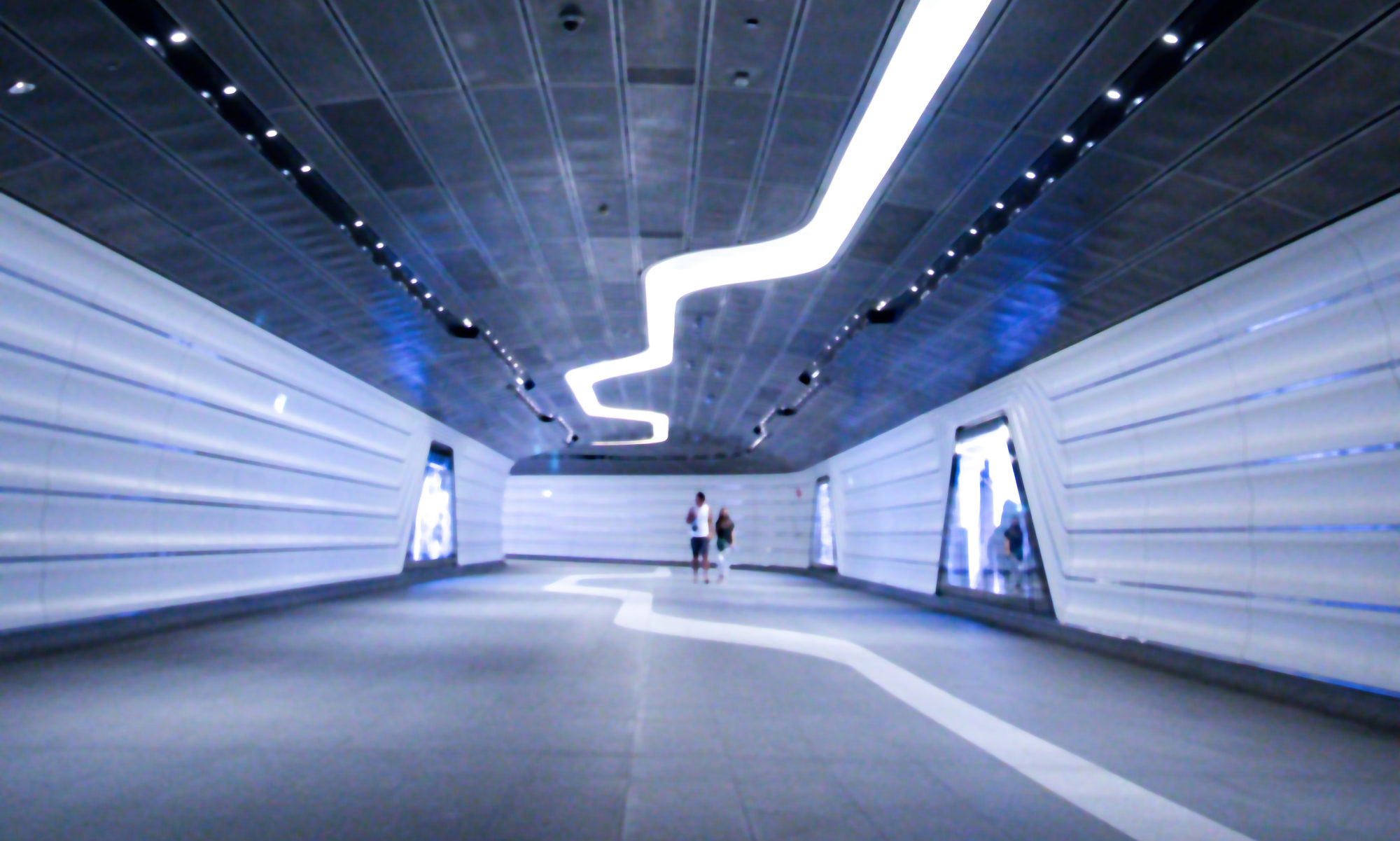
Imagineering and the Technosphere
A UF Mellon Intersections Group


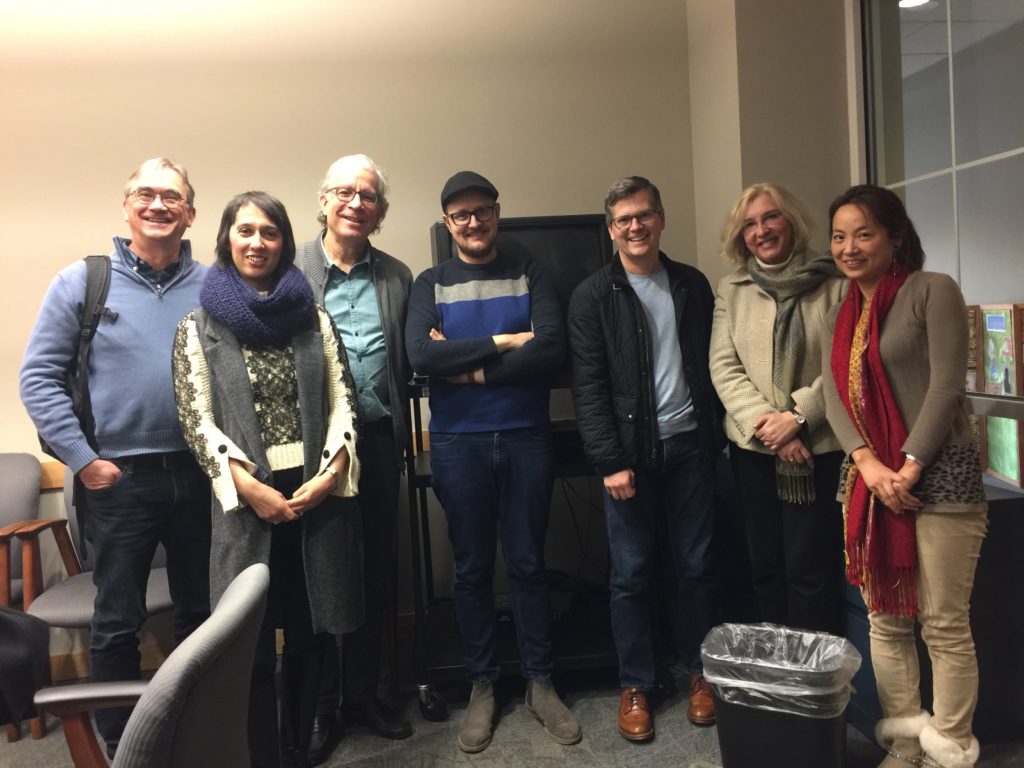


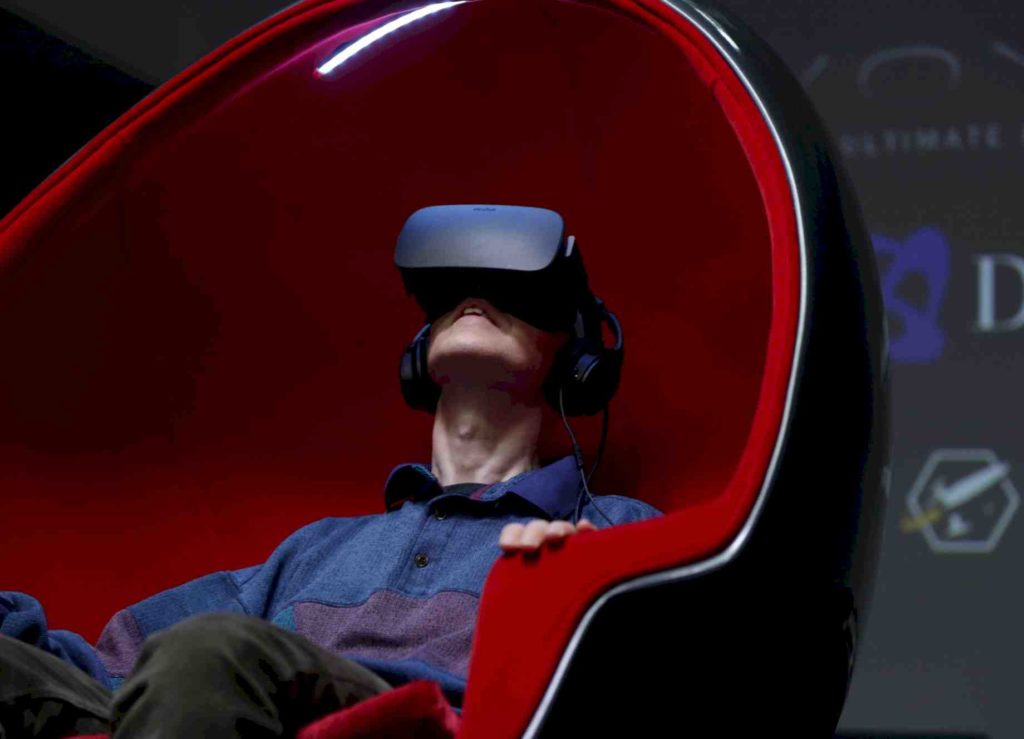
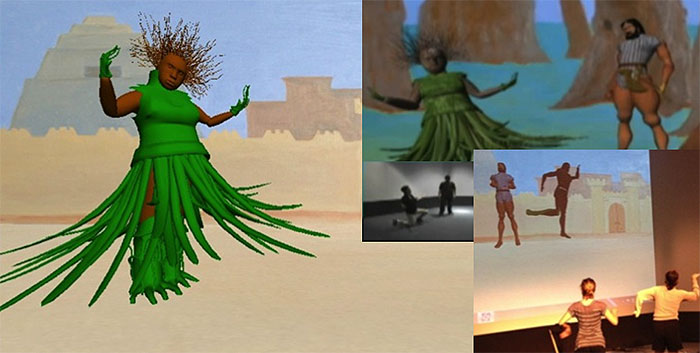

12:00 pm Monday, January 28th, 2019 in Marston Science Library Visualization Lab (MSL 136).
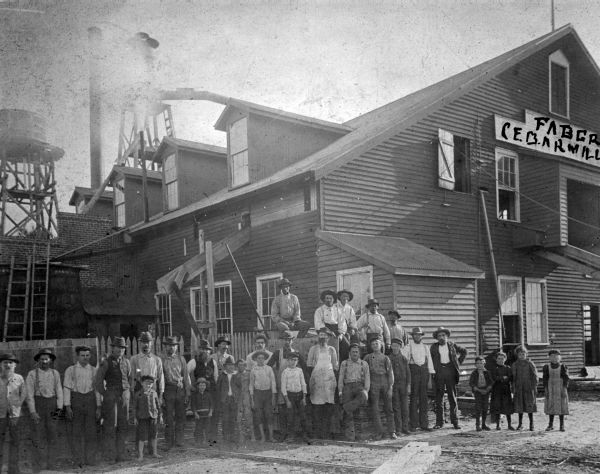
How can virtual reality and other digital technologies be used to mobilize historical knowledge that we may find useful in mitigating the negative consequences of imagined futures? The 1896 hurricane that destroyed the Gulf coastal community of Atsena Otie and the cedar mill industry on which it depended is but a faint memory of those who dwell today in the shadow of the disaster. The same could be said of a prior hurricane (1842) in the consciousness of the entrepreneur who only 13 years later sited a cedar mill industry in a place of assured future disaster. We can consider a variety of explanations for the impotence of social memory, but we might also consider ways in which historical knowledge can be rendered multisensory: literary and visual, but also experiential and interactive. Virtual realities of past events enable not only sensory experience informed by historical resources (archives, archaeology, oral history), but also the play of time and space that enables comparison, pattern recognition, and generalization (an analytical tool).
This workshop is the first opportunity to introduce for discussion the plan for constructing a virtual reality of Atsena Otie, the 1896 event that “ruined” it, as well as the preconditions and consequences of its vulnerability to disaster. In keeping with the Grand Challenge of the Imagineering and the Technosphere group, discussion should focus on the question: How have technologies shaped our lives, and how can we draw on them to meet 21st century challenges on a planetary scale? In the case of Atsena Otie, we will consider how the cedar mill industry predisposed the area to disaster and how modern, digital technology can be used to mobilize historical knowledge about this disaster for reducing the risks of future hurricanes.

Kenneth E. Sassaman is the Hyatt and Cici Brown Professor of Florida Archaeology and a Professor of Anthropology at the University of Florida. He is a specialist in the areas of the Archaic and Woodland periods of the American Southeast, technological change, and community patterning.
This event is free and open to the public.
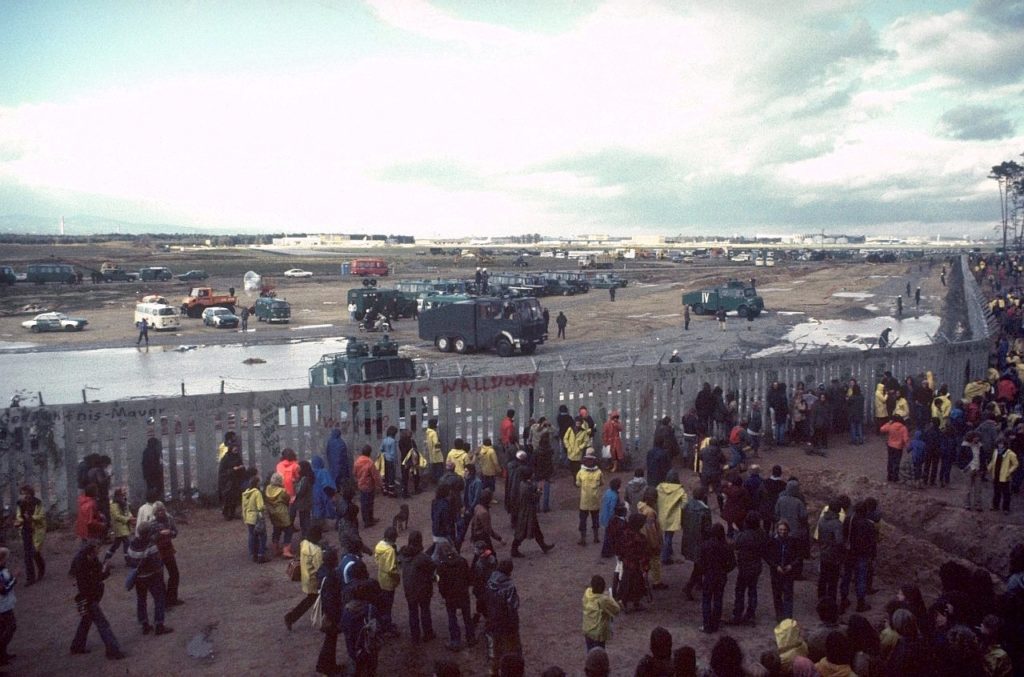
The expansion of Frankfurt airport was a fiercely contested issue in the 1970s and early 1980s. The construction of a new runway galvanized the German ecological movement and the residents of the surrounding area in a long conflict with airport managers and politicians. The events highlighted the peculiar position of infrastructures in a modern landscape, as tentacles of the technosphere invaded formerly quiet suburban neighborhoods. How do we tell the history of such objects, what approaches and categories make them tangible for our narratives of technological mobility?

Michael Schuering is DAAD Visiting Associate Professor of History at the University of Florida. He has studied History, Political Science, and History of Science in Munich and Berlin and worked for the research program „History of the Kaiser Wilhelm Society in the National Socialist Era“ from 2000 until 2004, the same year he received his PhD from the Humboldt Universitaet, Berlin. His Dissertation was entitled „Minervas verstoßene Kinder. Vertriebene Wissenschaftler und die Vergangenheitspolitik der Max-Planck-Gesellschaft“ (Minerva’s Outcast Children. Expelled Scientists and the Politics of History of the Max Planck Society) and was published by Wallstein in 2006. In 2004/2005 he worked as an author and advisor for the exhibition „Albert Einstein. Engineer of the Universe“ at the Max Planck Institute for the History of Science in Berlin. In 2006 he conducted research for the Society of German Chemists, working on the history of its predecessor organizations under National Socialism. From 2006 until 2011 he was DAAD Adjunct Assistant Professor at the University of California, Berkeley and from 2011 to 2014 the Scholar in Residence at the Deutsches Museum in Munich where he finished his book on the German protestant churches in the anti-nuclear movement.